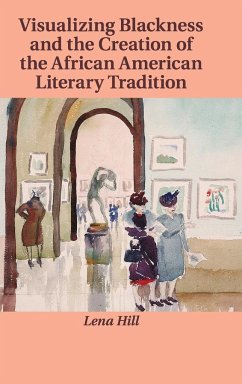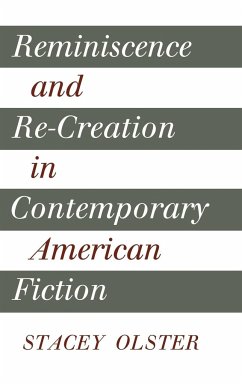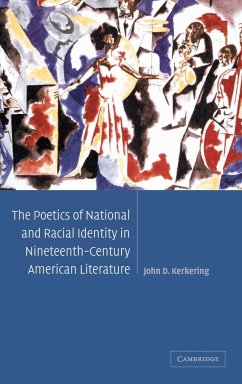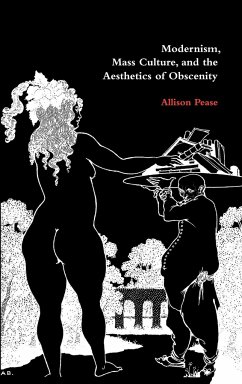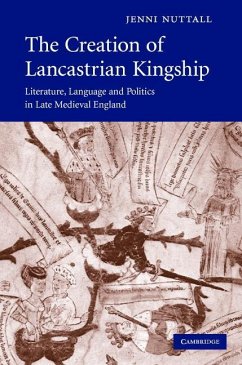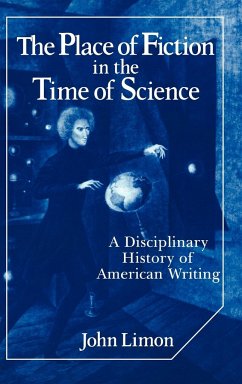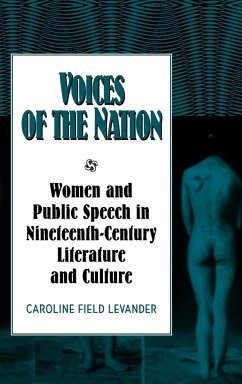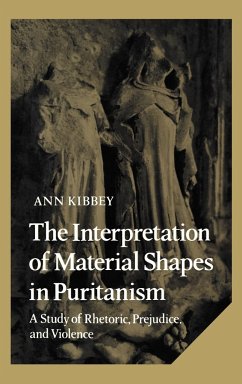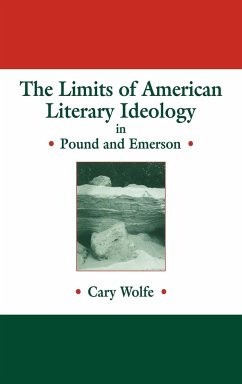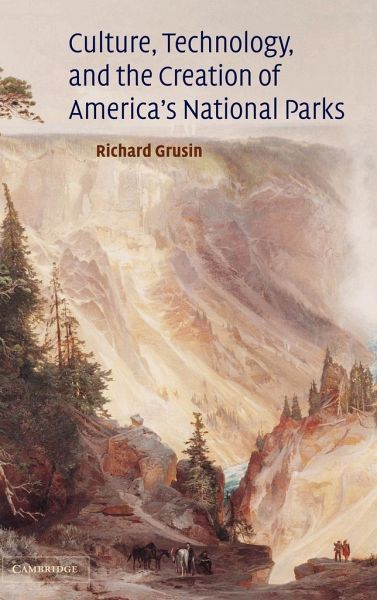
Culture, Technology, and the Creation of America's National Parks

PAYBACK Punkte
55 °P sammeln!
Grusin investigates how the establishment of national parks participated in the production of American national identity after the Civil War.Richard Grusin's study investigates how the establishment of national parks participated in the production of American national identity after the Civil War. The creation of America's national parks is usually seen as an uncomplicated act of environmental preservation. Grusin argues, instead, that parks must be understood as complex cultural technologies for the reproduction of nature as landscape art. He explores the origins of America's three major park...
Grusin investigates how the establishment of national parks participated in the production of American national identity after the Civil War.
Richard Grusin's study investigates how the establishment of national parks participated in the production of American national identity after the Civil War. The creation of America's national parks is usually seen as an uncomplicated act of environmental preservation. Grusin argues, instead, that parks must be understood as complex cultural technologies for the reproduction of nature as landscape art. He explores the origins of America's three major parks - Yosemite, Yellowstone, and Grand Canyon - in relation to other forms of landscape representation in the late nineteenth century. He examines such forms as photography, painting, and mapping, plus a wide range of travel narratives, scientific and nature writing, and fiction. Grusin shows that while establishing a national park does involve preserving an area of land as a 'natural' rather than economic asset, a ranch or mine for instance, it also transforms the landscape into a culturally constructed object called 'nature'.
Table of content:
List of illustrations; Preface and acknowledgments; Introduction - reproducing nature: the technology of national parks; 1. Recreating Yosemite: landscape, nationalism, and the nature of aesthetic agency; 2. Representing Yellowstone: art, science, and fidelity to nature; 3. Recognizing the Grand Canyon: naming, sublimity, and the limits of mediation; Conclusion - remediating nature: national parks as mediated public space; Notes; Index.
Richard Grusin's study investigates how the establishment of national parks participated in the production of American national identity after the Civil War. The creation of America's national parks is usually seen as an uncomplicated act of environmental preservation. Grusin argues, instead, that parks must be understood as complex cultural technologies for the reproduction of nature as landscape art. He explores the origins of America's three major parks - Yosemite, Yellowstone, and Grand Canyon - in relation to other forms of landscape representation in the late nineteenth century. He examines such forms as photography, painting, and mapping, plus a wide range of travel narratives, scientific and nature writing, and fiction. Grusin shows that while establishing a national park does involve preserving an area of land as a 'natural' rather than economic asset, a ranch or mine for instance, it also transforms the landscape into a culturally constructed object called 'nature'.
Table of content:
List of illustrations; Preface and acknowledgments; Introduction - reproducing nature: the technology of national parks; 1. Recreating Yosemite: landscape, nationalism, and the nature of aesthetic agency; 2. Representing Yellowstone: art, science, and fidelity to nature; 3. Recognizing the Grand Canyon: naming, sublimity, and the limits of mediation; Conclusion - remediating nature: national parks as mediated public space; Notes; Index.





